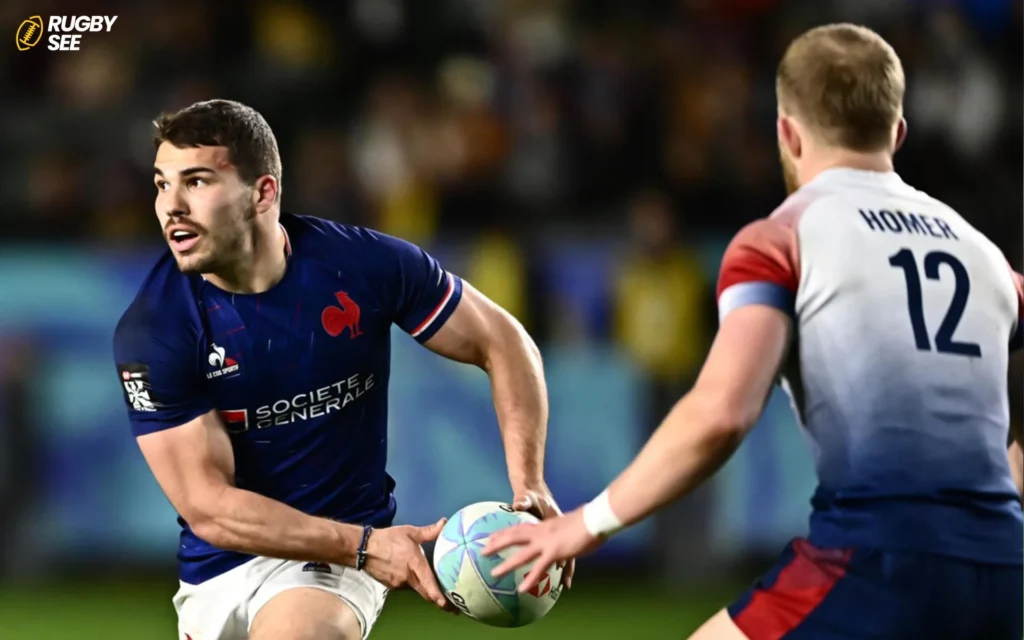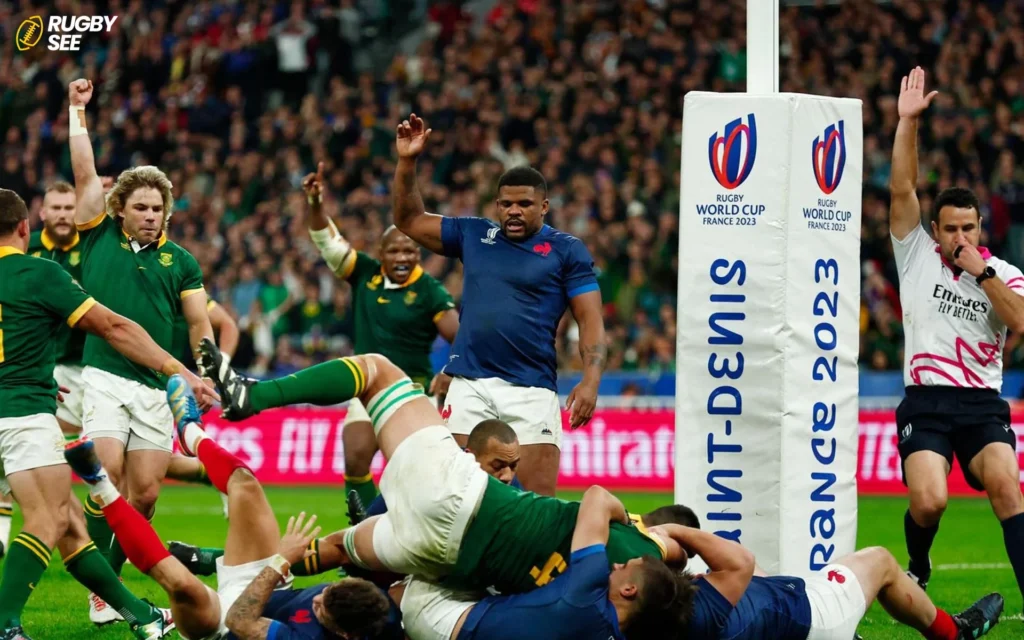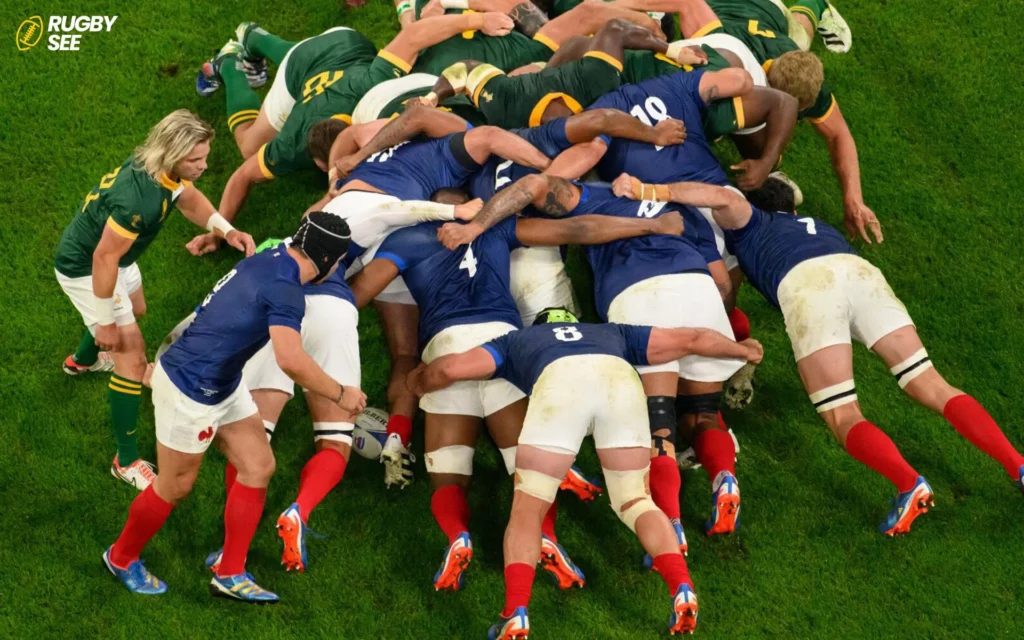The Haka, a traditional Māori war dance, has transcended its cultural origins to become a global spectacle in the world of rugby. This powerful performance, characterized by its fierce display of stomping feet, protruding tongues, and rhythmic body slapping, serves as a challenge to opponents while honoring the heritage of the team performing it. While most commonly associated with New Zealand, the influence and adoption of the Haka in rugby span multiple countries, each adding its unique twist to this cultural tradition.
The Haka’s Origin and Significance in New Zealand Rugby
New Zealand’s All Blacks rugby team is synonymous with the Haka, performing it before every international match as a symbol of unity, strength, and identity. The most performed Haka, “Ka Mate,” was composed in the early 19th century by Te Rauparaha, a war leader of the Ngāti Toa tribe. In recent years, the All Blacks have also introduced “Kapa o Pango,” a Haka developed specifically for the team, reflecting its modern values and identity and if you want to know about Rugbr league income read Which Rugby League Pays the Most? A Comprehensive Analysis.
Adoption of the Haka Across the Rugby World
While New Zealand remains the heartland of the Haka in rugby, its influence has spread worldwide, with several other countries and teams incorporating their indigenous war dances and cultural performances into the sport.
1. Tonga: The Sipi Tau Tonga’s national rugby team, the ‘Ikale Tahi, performs the Sipi Tau, a traditional war dance, before their matches. This dance is a fierce display of Tonga’s cultural pride and echoes the Haka’s intensity and purpose.
2. Samoa: The Siva Tau The Samoan national team, known as Manu Samoa, performs the Siva Tau, a war dance that shares similarities with the Haka in terms of its psychological and motivational impact on both the performers and their opponents.
3. Fiji: The Cibi Fiji’s national rugby team has its war dance, the Cibi, performed before international matches. Adopted in 1939, the Cibi was originally a dance of celebration but has been adapted into a pre-match ritual that embodies the team’s spirit and heritage.

4. Hawaii: The Haka’s Influence While not a country, Hawaii’s rugby teams have embraced the Haka, reflecting the cultural connections between the Māori people of New Zealand and the indigenous Polynesian peoples of Hawaii. This adoption highlights the Haka’s influence beyond traditional rugby-playing nations.
The Impact of the Haka in International Rugby
The Haka and its variants have become more than just a pre-game ritual; they are a powerful expression of identity, culture, and respect. The performance serves multiple purposes: it psyches up the team performing it, respects the opponents and spectators, and pays homage to the performers’ ancestors and heritage.
Challenges and Controversies
The global adoption of the Haka in rugby has not been without its controversies. Issues of cultural appropriation, respect, and the commercialization of the Haka have sparked debate. Rugby’s governing bodies, along with teams performing their versions of the Haka, work to maintain the tradition’s integrity and respect for its cultural origins.

The Evolution of Cultural Performances in Rugby: Embracing Diversity
The evolution of the Haka and other cultural performances in rugby reflects the sport’s growing inclusivity and respect for different cultures. As rugby’s popularity expands globally, these traditional dances play a crucial role in promoting cultural awareness and understanding among fans and players alike. They offer a window into the rich histories and traditions of the nations participating in rugby, turning each match into not just a competition but also a celebration of global diversity.
The Role of the Haka and Similar Dances in Team Dynamics
For teams like the All Blacks, the Haka is more than a pre-match ritual; it is a crucial aspect of team dynamics and camaraderie. The practice of performing the Haka allows players to connect on a deeper level, embracing their shared heritage and collective identity. This unity and shared purpose are believed to contribute significantly to the team’s success on the field, as it fosters a sense of belonging and mutual respect among team members.
Global Recognition and Respect for the Haka
The global rugby community has shown immense respect for the Haka and similar cultural performances. It’s not uncommon to see international audiences, regardless of their allegiance, watching in silence and admiration as teams perform their traditional dances. This respect is a testament to rugby’s ethos of sportsmanship, unity, and mutual respect. The Haka’s ability to captivate and inspire people worldwide underscores the universal appeal of cultural expressions and traditions.

Educational and Social Impact
Beyond the rugby field, the Haka and other cultural dances have educational value, offering insights into the histories, languages, and traditions of different cultures. Schools, communities, and rugby programs around the world incorporate these performances into their curricula and activities, promoting cultural exchange and understanding. This educational aspect highlights the importance of preserving and respecting cultural traditions, fostering a more inclusive and empathetic global community and if you want to know about making money in Rugby read Does Rugby Make Money? A Comprehensive Analysis.
Future Directions: Cultural Performances in Rugby
As rugby continues to evolve, the integration of cultural performances like the Haka faces both opportunities and challenges. On one hand, the increasing commercialization of the sport poses risks to the authenticity and sacredness of these traditions. On the other hand, the global platform provided by rugby offers an unparalleled opportunity to celebrate and share cultural heritage on a world stage. Navigating these dynamics will require careful consideration of cultural sensitivities, respect for traditions, and the continued promotion of diversity within the sport.
The Haka’s presence in international rugby showcases the sport’s ability to bridge cultures, fostering a sense of unity and respect among diverse nations. While New Zealand’s All Blacks remain the most famous exponents of the Haka, the adoption of similar cultural performances by other countries highlights rugby’s global appeal and the universal human appreciation for heritage and tradition. As rugby continues to evolve, the Haka and its variants stand as a testament to the sport’s rich cultural diversity and the power of tradition in a modern context.










